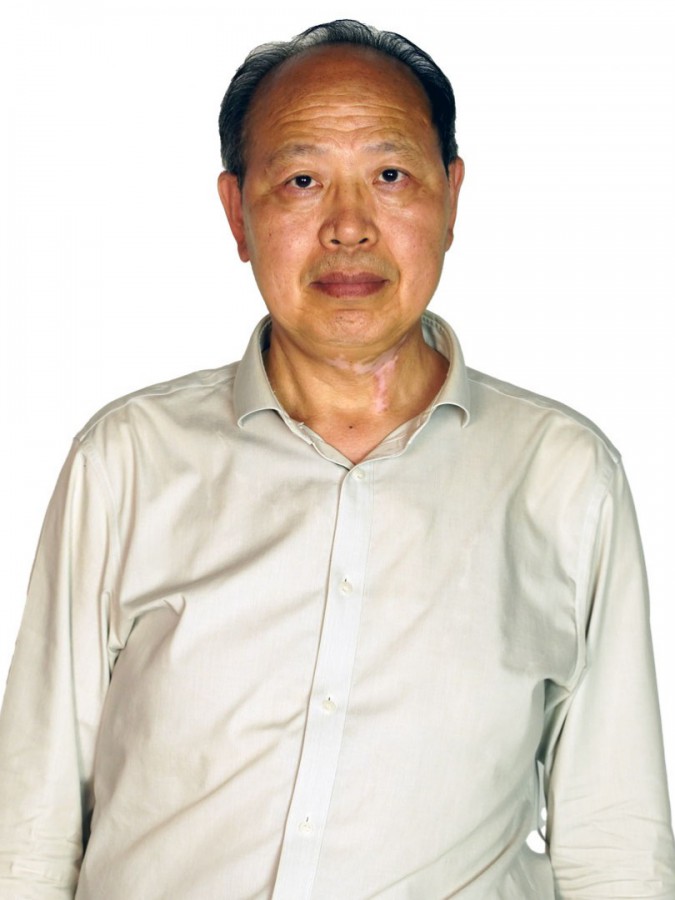resumo
Photocatalysis under visible-light is an outstanding strategy for degradation of organic contaminants due to its efficient using of endless sunlight resources. The composites CuCd/GO-x (GO = graphene oxide) based on Cu/Cd bimetallic organic framework (CuCd-BMOF) using N-(phosphonomethyl) iminodiacetic acid ligand and different GO contents (x = 1.5%, 3%, 5% and 7.5%) were successfully fabricated via straightforward one-step hydrothermal method and characterized in detail. The CuCd/GO-5 composite exhibited excellent photocatalytic performances, which removed 92.0% of methylene blue (MB), 90.1% of congo red, 85.4% of methyl orange, 79.6% of rhodamine B and 87.6% of levofloxacin. The photocatalytic performance of CuCd/GO-5 composite is enhanced greatly compared with the pure CuCd-BMOF, which is mainly attributed to the modification through using GO that serves as an electron acceptor. The 2-D layered CuCd-BMOF and GO are conjunct closely through hydrogen bonds, which establish channels of fast charge transfer and facilitate the efficient separation of photogenerated charge carriers. Meanwhile, the CuCd-BMOF coupling with GO enhances the response to visible-light. Further investigation demonstrates that the pH value of solution affects significantly the photocatalytic degradation of MB. Finally, the reusability experiment highlights that the combination of CuCd-BMOF with GO to form heterojunction promises tremendous potential application in environmental remediation.
palavras-chave
METAL-ORGANIC FRAMEWORK; REDUCED GRAPHENE OXIDE; QUANTUM DOTS; PERFORMANCE; PHOTODEGRADATION; OXIDATION; SURFACE; WATER; DYE; MOF
categoria
Chemistry; Materials Science; Physics
autores
Chen, J; Wei, JM; Zhang, H; Wang, X; Fu, LS; Yang, TH
nossos autores
Projectos
Nano-argilas para remoção/captura de fosfatos (P) e sua reutilização como fertilizante (NATURAL)
agradecimentos
This work was supported by the National Natural Science Foundation of China (No. 51872140 & 51973173), the College Students Training Program of Innovation and Entrepreneurship of Jiangsu Province (202111463008Z) and the Changzhou Sci&Tech Program (CZ20210029). This work was also developed within the scope of the project CICECO-Aveiro Institute of Materials, UIDB/50011/2020 & UIDP/50011/2020, financed by national funds through the Foundation for Science and Technology/MCTES. We also thank the Analytical and Testing Center at Jiangsu University of Technology for measuring PXRD.



